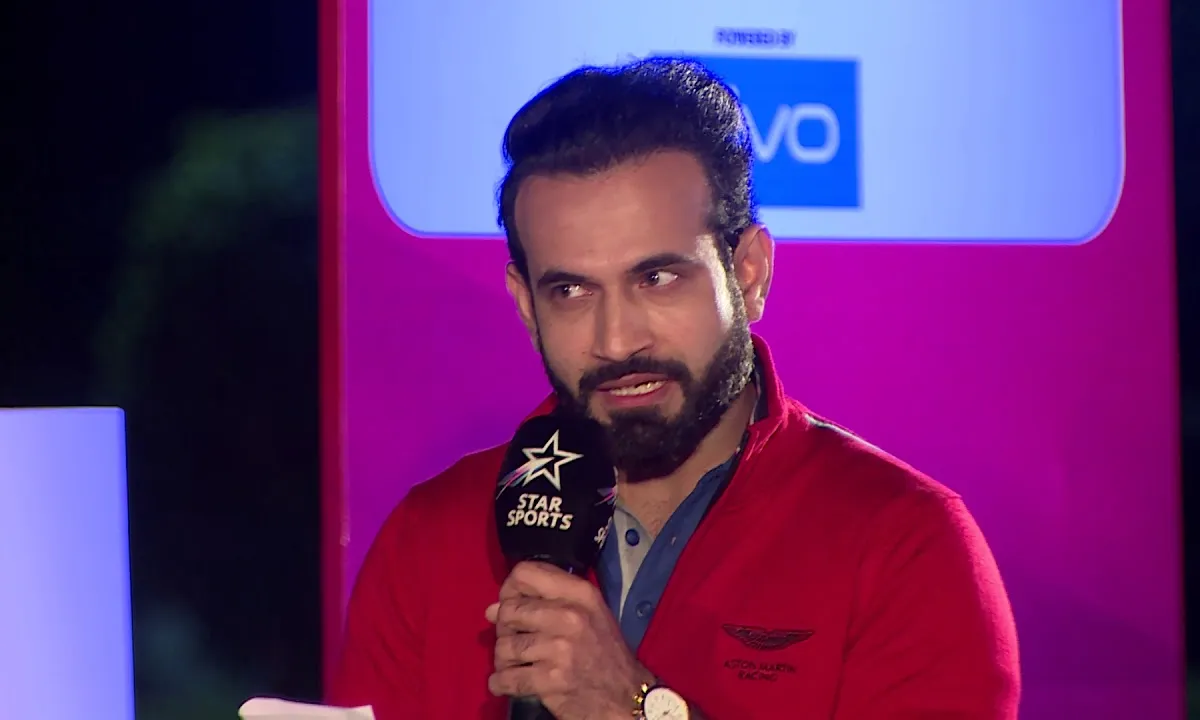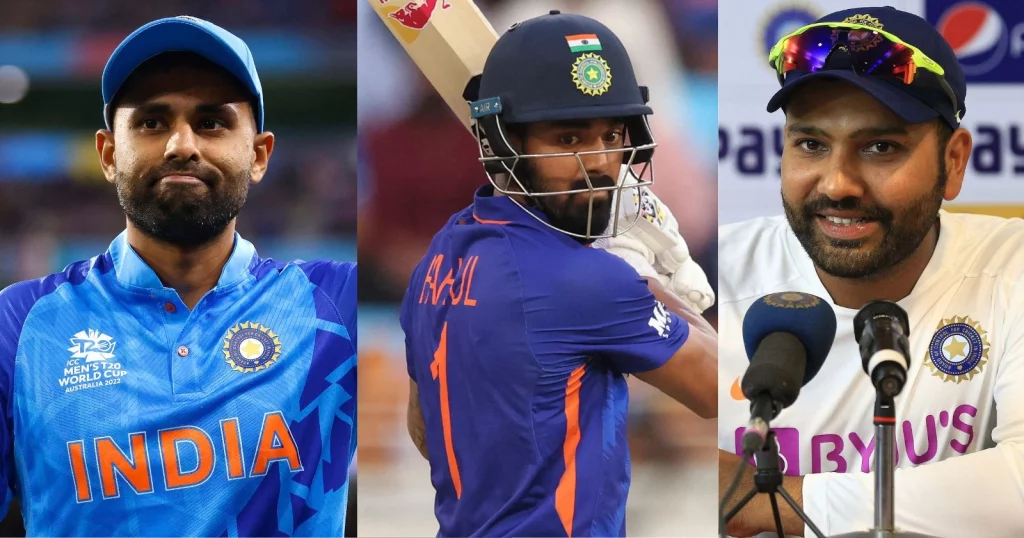In a significant move that has sparked discussions across the cricketing fraternity, the Indian selection committee, under the leadership of Ajit Agarkar, has recently announced a distinctive approach for the upcoming tour of South Africa. The tour is set to include a 3-match T20I series, a 3-match ODI series, and a 2-match Test series, each under the captaincy of different stalwarts of Indian cricket.
In a departure from the conventional single-captaincy model, the dynamic and aggressive Suryakumar Yadav has been entrusted with leading the T20 squad. His recent performances and fearless approach to the game make him a promising choice to steer the team through the fast-paced T20 format.
KL Rahul, known for his consistent and versatile batting across formats, has been handed the captaincy for the ODI series. His strategic mindset and ability to adapt to different match situations position him as a natural leader for the 50-over format.
Irfan Pathan Reveals Why Split Captaincy Will Not Work in Indian Cricket

Rohit Sharma, a seasoned campaigner with a proven track record will lead the Indian Test squad. Former cricketer Irfan Pathan shares his perspective on this strategic move, stating, “This could be a sign for the future, which I am not a big fan of. There has been talk for a long time about whether we can do split captaincy. It’s true workload management has been done here, and that is why you are seeing such big squads and different captains.”
He further added, “It’s clear that Rohit Sharma had to take a break from white-ball cricket, so you are not seeing him there. You are seeing him as the captain for Test cricket. However, you might see these things going forward. You might even see different coaches for different formats. I believe it’s better if it doesn’t happen in our culture.”
Pathan delves into the composition of the Indian team, highlighting, “If we see white-ball and red-ball cricket, we only have two or three players who are different, where you can consider players like Cheteshwar Pujara and Ajinkya Rahane. However, if you see other than that, we generally have all-format players.”
He emphasizes the significance of having a unified leadership, stating, “If we talk about our youngsters, you will see Shreyas Iyer and Shubman Gill playing everywhere. So most of our players are like that, who play all formats. That’s why if you have 70 to 80% players who play all formats, it’s better if the coach and captain are also the same.”
The decision to appoint different captains for each format reflects a strategic approach to workload management. In the demanding world of international cricket, where players participate in multiple formats, the emphasis on managing player fatigue becomes paramount. This approach allows key players to focus on specific formats, optimizing their performance and longevity.
Each format of the game requires a distinct set of leadership skills. T20 cricket demands quick decision-making and adaptability, qualities that align with Suryakumar Yadav’s style of play. On the other hand, the longer format necessitates patience, strategic planning, and resilience, making Rohit Sharma an ideal captain for the Test squad.
By appointing different captains, the Indian cricket management aims to nurture leadership depth within the team. This not only prepares potential future captains but also fosters a collaborative environment where players can learn and grow under the guidance of experienced leaders.
As India embarks on this innovative journey of split captaincy, only time will reveal the outcomes and implications of this strategic decision. While opinions may differ, what remains undeniable is the boldness of the Indian cricketing authorities in embracing change and exploring new avenues for success. However, Rohit Sharma still hasn’t retired or stepped down from the white-ball formats. So, he is still officially the all-format captain of Team India.

